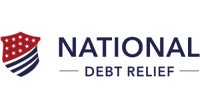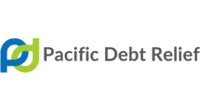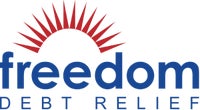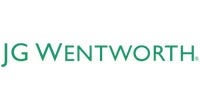Debt Relief
National Debt Relief: FEATURED PARTNER AND BEST OVERALL DEBT RELIEF COMPANY

-
Client dashboard for 24/7 debt settlement monitoring
-
Available in 46 states across the US
-
No upfront fees
-
A+ Rating with the BBB
-
Minimum debt: $7,500
On partner site
-
This lender is registered in states where it does business, has a Consumer Loan Company License and was vetted by the Bankrate Editorial team.Verified lenderExpert Take:
National Debt Relief provides the most comprehensive debt relief tools of any company Bankrate reviewed. In addition to its Whole Human Finance debt relief program, it offers credit counseling, bankruptcy guidance and even debt consolidation loan options through partners. It is accredited by the Better Business Bureau, the International Association of Professional Debt Arbitrators and the American Association for Debt Resolution.
DisclosuresFees:Closing fee of 15% to 25% of your enrolled debt.
Time to complete plan:24 to 48 months after enrolling in the program.
Requirements:At least $7,500 in unsecured debt.
Pros
- Wide variety of debt relief programs and options.
- Dedicated savings account to pay all enrolled bills.
- Seven-day-a-week phone support.
Cons
- Not available in all states.
- As with all debt settlement programs, potential negative effects on credit scores.
- Program fee of up to 25%.
Please Note: National Debt Relief does not offer loans. They provide professional debt relief services. You must have over $7,500 in unsecured credit card debt to qualify for debt relief assistance. Service is not available in: CT, OR, VT, or WV.













